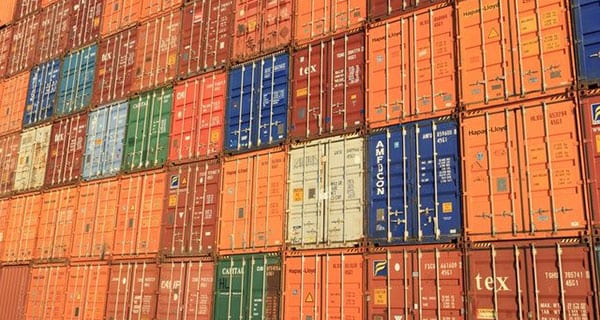 The reworked Comprehensive and Progressive Trans-Pacific Partnership trade agreement between Canada and 10 other nations kicks in on Dec. 20.
The reworked Comprehensive and Progressive Trans-Pacific Partnership trade agreement between Canada and 10 other nations kicks in on Dec. 20.
The federal government heartily endorses the deal it rescued after the U.S. administration abandoned it. But it concedes the deal itself may only increase Canadian gross domestic product by an estimated $4.2 billion, or about two per cent of 2017 GDP.
So it makes sense to understand this agreement’s broader impact.
There are a few things that most economists agree on, one being the benefits of free trade. Most of these benefits accrue to importing entities – ultimately, consumers. This is also the case for goods from the other nations in this particularly partnership that Canada trades with (at a deficit, usually), especially the biggest economy, Japan. Other middling economies in the agreement include Mexico, Chile, Australia, Peru, Vietnam and Malaysia.
While Canadian trade with these nations may grow faster under the partnership, it’s likely that the investment and commerce protections, legal codification of rules of origin, and rights of importers, exporters and investors will have the most impact.
Canadian firms are active in mining and other investment and trade in all these nations. New products, services and categories are also recognized and grappled with in the language and clauses of the agreement. This will make it harder to discriminate against importers and exporters. Legitimate import and export restrictions are spelled out.
There are also long lists of export taxes from some nations, notably Malaysia and Vietnam. There are far fewer import restriction categories but some of those are quite large.
There is no discussion of loosened residency or immigration laws.
Canada is heavily trade dependent (2017 exports were 30.5 per cent of GDP), particularly with the U.S. (75 per cent of total exports), making our much smaller economy more vulnerable to the gyrations of the larger one – and the whims or ire of Washington and its lobbyists.
So although it makes a lot of sense to try to diversify Canadian trade and investment opportunities, it takes a huge increase in trade with other nations to offset tiny U.S. trade fluctuations. Less than five per cent of our trade is with the other partnership members, including Mexico.
On the plus side, the new deal crucially gives Canada and the other members a bargaining chip in dealing with other large players, such as China and the U.S. There’s some strength in numbers, and in precedent and incumbency. Both China and the United States will likely have to accept many of the protocols and provisions in the Trans-Pacific treaty.
And if other large nations such as Indonesia or India sign on, it will give even more weight to the whole agreement. Hence, the partnership has an important pioneering and invigorating spirit to it.
Canada’s government again put too much emphasis and bargaining capital on our cosseted cultural industries, the dairy lobby and the usual progressive suspects: environmental, labour, indigenous and human rights, gender equality and other things that are difficult to define, let alone monitor or determine positive goals or outcomes.
On the whole, however, the treaty could bring more shared economic benefits than are projected. And, with Comprehensive Economic and Trade Agreement between Canada and Europe, it represents a needed counter-assault against the tides of protectionism that endanger prosperity planet-wide.
Ian Madsen is a senior policy analyst at the Frontier Centre for Public Policy.
The views, opinions and positions expressed by columnists and contributors are the author’s alone. They do not inherently or expressly reflect the views, opinions and/or positions of our publication.

